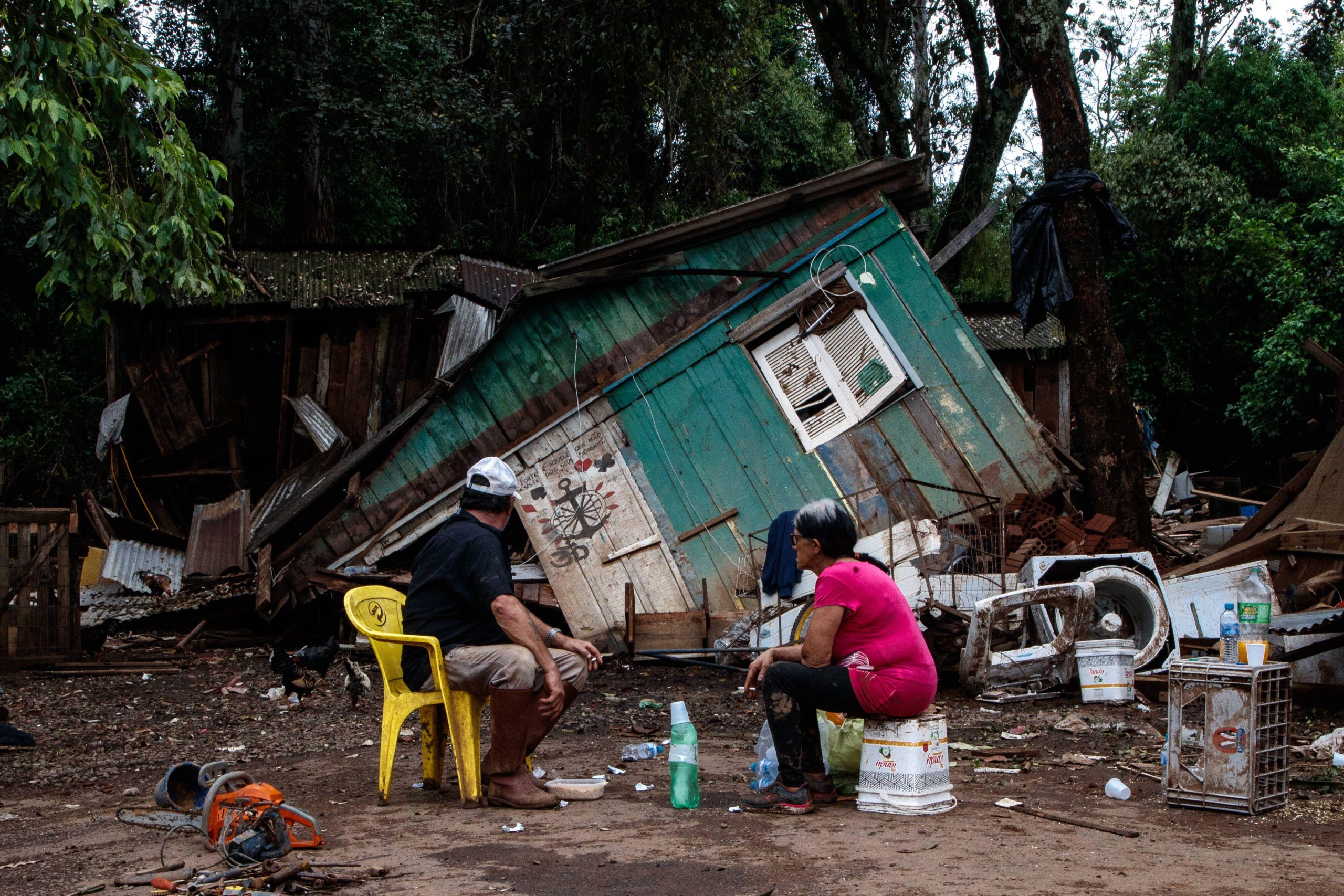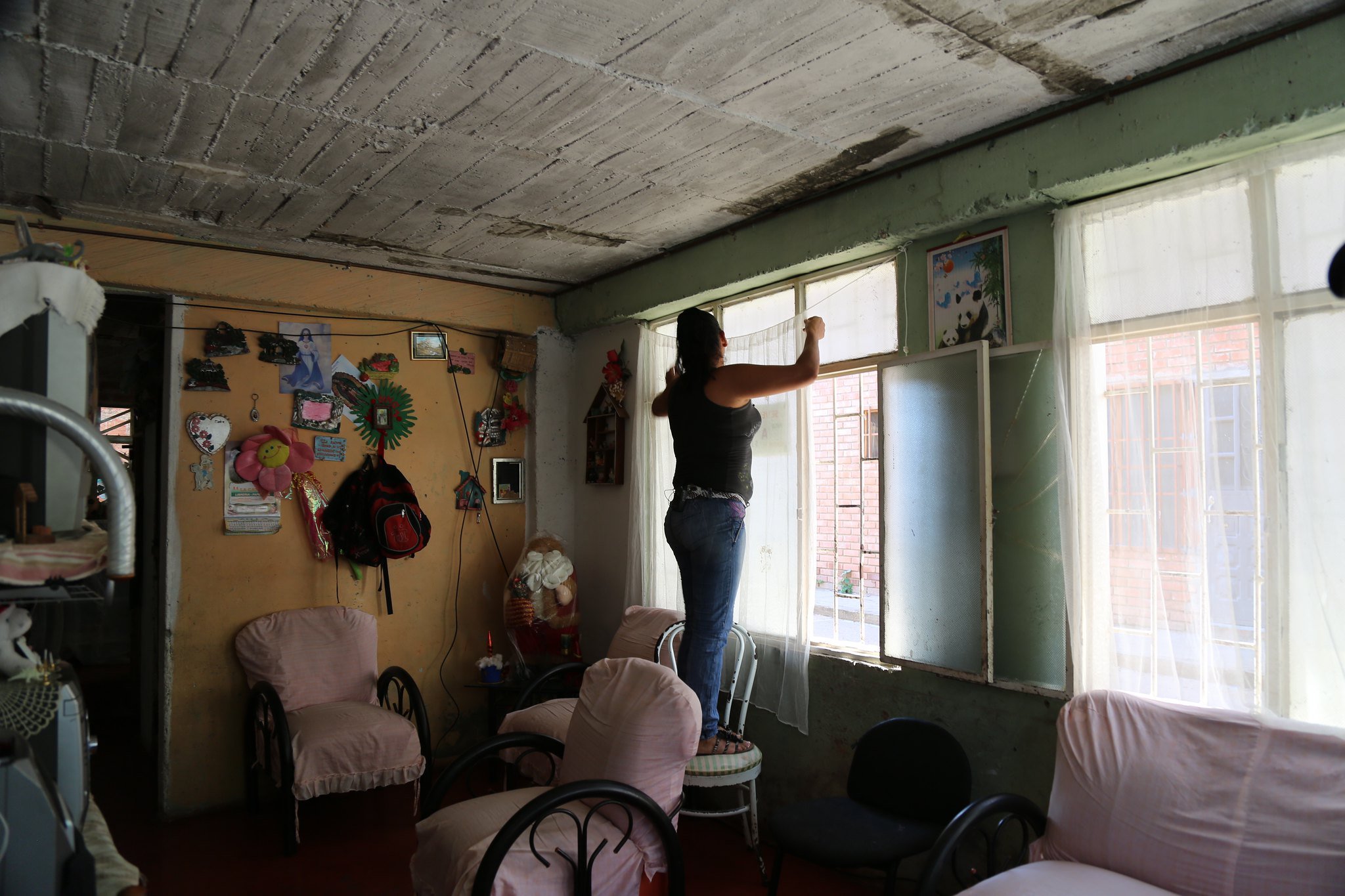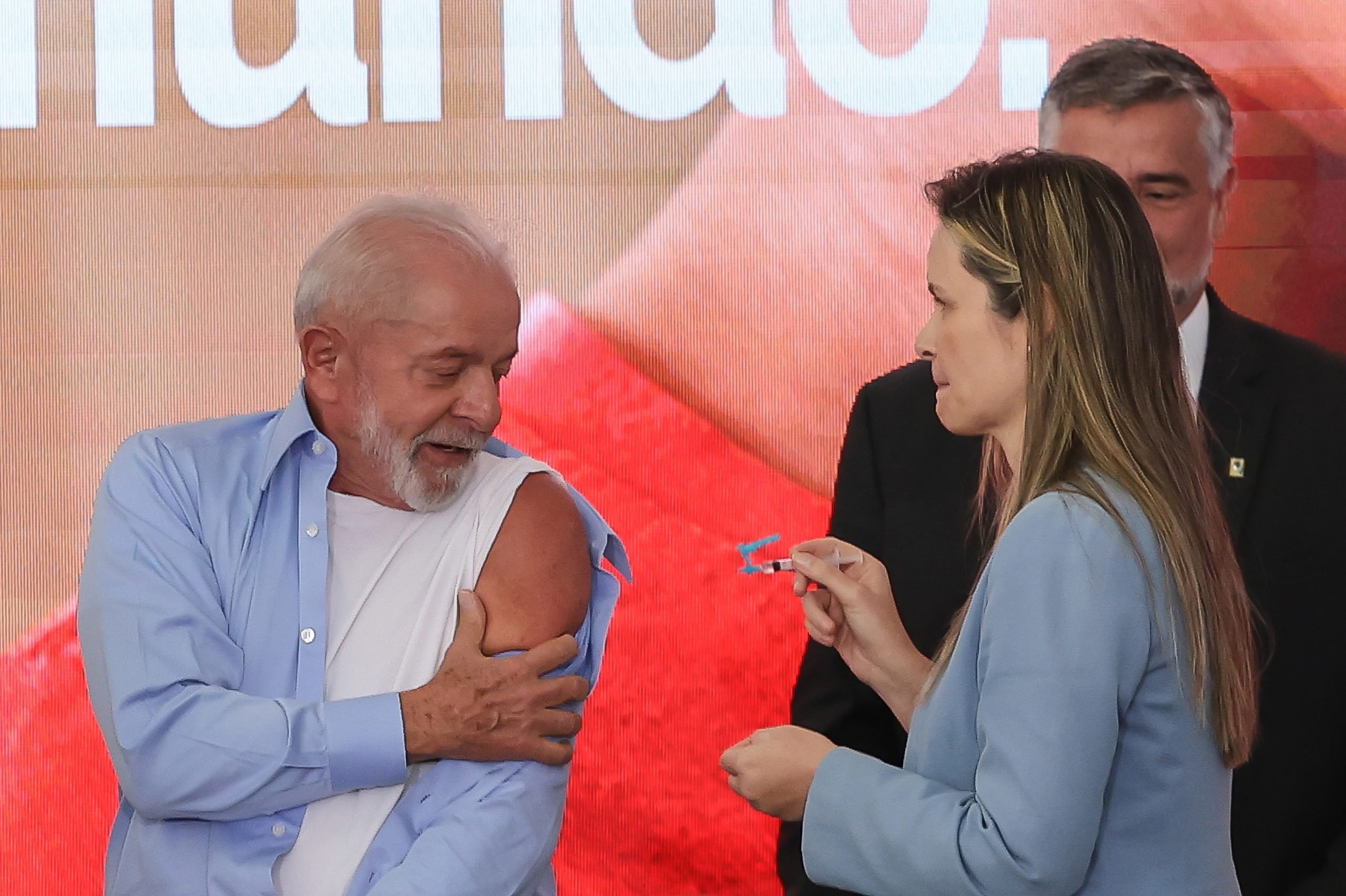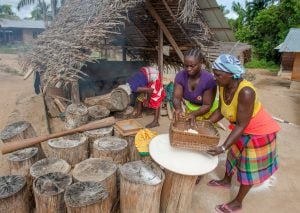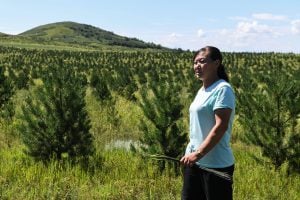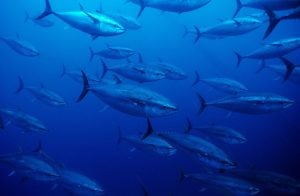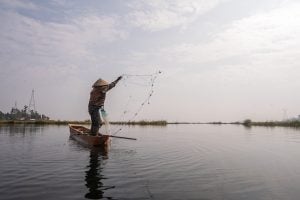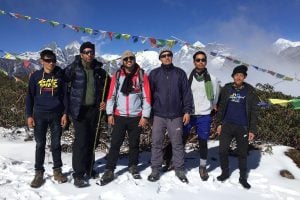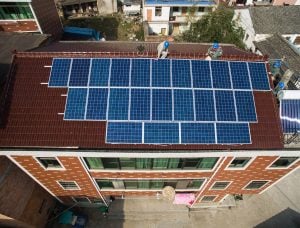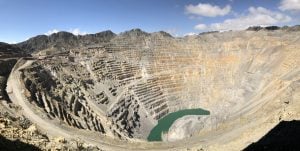Over the past six months, dengue fever has made headlines as record numbers of cases and deaths have hit countries such as Argentina, Brazil and Peru, among others in South America.
Dengue is the most common viral infection transmitted by mosquitoes of the Aedes genus, and over 3.9 billion people in more than 129 countries are at risk of contracting it, according to the World Health Organisation. But during this year’s southern hemisphere summer, mosquitoes found the perfect conditions to reproduce and survive in South America.
A recent report on climate change and health in South America, published by independent expert group the Lancet Countdown, detailed how the potential for dengue transmission by the Aedes aegypti mosquito increased by 54% between the periods 1951–1960 to 2013–2022 – a finding that is consistent with recent outbreaks and the surge in dengue cases seen across the region in early 2024.
The disease – whose symptoms typically include fever, headache and fatigue, to vomiting and rashes – has traditionally been a seasonal threat in many South American countries, but rising temperatures and humidity may change these patterns.
As winter arrives in South America, Dialogue Earth speaks with experts and scientists on the future of dengue fever in the region, on whether the disease may become a year-round constant due to climate change, and the measures that have been – and should be – taken.
Climate, dengue and health systems
The Lancet Countdown’s recent release – the second edition of its report on the links between climate change and South American health – said that the estimated increase in climate suitability for vectors such as mosquitoes and the recorded rise in dengue cases “supports a link between climatic conditions and dengue fever in the population”.
More specifically, what is the relationship between climate and dengue?
High temperatures, rainfall and humidity contribute to dengue transmission, as they are ideal conditions for mosquito life and reproduction. Aedes aegypti breed in shady, humid places, as the darkness allows water to avoid temperatures that would kill eggs and larvae. As adults, they also require moisture to survive for extended periods of time.
Urbanisation and population mobility can also play a major role in the spread of dengue. But it is not only rainfall that creates the ideal circumstances for the vector: drought can also be an ideal breeding ground, as it often leads to more people storing water.
Weather phenomena such as El Niño and La Niña offer clear examples of these impacts. El Niño causes above-average warming of Pacific Ocean waters and brings with it changes in winds and, for much of South America, increased rainfall; La Niña, meanwhile, is characterised by a drop in surface temperatures from the central Pacific to the coasts of South America and drives periods of low rainfall across much of the continent, especially in the Southern Cone.
During El Niño – the pattern which has recently passed after being present since mid-2023 – increased temperature and humidity create the perfect conditions for mosquito life and reproduction in many areas of South America. The increased rainfall brought by El Niño also raises the risk of flooding, which is not only conducive to Aedes survival and spread, but also impacts healthcare systems’ capacity to respond. On the other hand, during La Niña and the periods of drought it can bring to the continent, more people are forced to collect and store water, often by unsafe methods, including in open or unsterilised containers.
Experts point out that now that the link between dengue and warmer climates is established, capacity building of public health systems is needed. Andrés Lescano, a researcher for the Lancet Countdown South America and head of the emerging diseases and climate change research unit at Peru’s Cayetano Heredia University, says that when comparing the curves of El Niño events and dengue epidemics, cases “were usually soaring long before” the weather pattern’s arrival. “El Niño just turns a health problem into a tragedy,” he adds. “Dengue outbreaks build up over months and weeks. There are aspects of public health that have to be vulnerable for an outbreak to occur.”
Similarly, Andrea Hurtado Epstein, climate change coordinator for Latin America for Health Care Without Harm, believes that the impact of a changing climate on health is not being addressed with sufficient urgency. “The circumstances under which health systems were planned are no longer the same and will be increasingly different,” she says.
Mixed responses
Although dengue is not new to the region, the measures taken against the recent large outbreaks of dengue in South America have been uneven. This type of vector-borne disease can be prevented through protection, prevention and community-level initiatives. However, this has not been the approach in all affected countries.
In Argentina, more than 500,000 cases have been registered so far this year – more than three times higher than were recorded in the same period of the 2022–23 season, according to official figures from the country’s health ministry. However, the government response has been almost nil. The administration of right-wing libertarian president Javier Milei, in its attempts to reduce public spending amid economic challenges, eliminated the information campaigns on preventing the spread of the disease, which have traditionally been broadcast during the summer season on radio, television and in the print media.
A dengue vaccine, produced by the Japanese laboratory Takeda, is already available in the country but can only be accessed privately and at a relatively high cost, as it is not part of the national vaccination programme. During the first days of May, the health ministry announced that it would begin a public vaccination plan focused on the most affected regions, but full details have not yet emerged. The two-dose vaccine provides protection against the four dengue viruses and had already been approved by the National Administration of Medicines, Food and Medical Technology (ANMAT) in 2023, as well as by regulatory agencies in the European Union, the United Kingdom, Brazil, Colombia, Norway, Iceland, Malaysia, Indonesia and Thailand. On 10 May, the vaccine was prequalified by the WHO, certifying it as safe and effective at the international level. The organisation recommends its use in children aged 6 to 16 years in settings with a high burden of dengue and high levels of transmission.
In Brazil, the Japanese dengue vaccine has been incorporated into the national schedule. This February, in the midst of the outbreak, vaccination began for children aged 10 to 14 years in the ten most affected states; this has been the age group with the highest number of hospitalisations. At the same time, a domestic clinical trial began and more than six million doses are expected to arrive from Japan to Brazil over the course of the year, vaccinating approximately three million people. In 2024 so far, Brazil is estimated to have already had more than 5 million probable cases, with more than 3,700 confirmed deaths – a record number.
Peru is another country where diagnoses have already set an all-time high: more than 248,000 infections have been registered in 2024, and cases have tripled compared today the same period last year. With no vaccination in sight in the country, the Peruvian health ministry has focused on prevention measures such as communication campaigns, targeted control of mosquito breeding sites, and the spraying of insecticides.
Paraguay saw its first dengue epidemic between 1989 and 1990. Since its current outbreak began in September 2023, official sources report that there have been more than 45,000 confirmed cases and more than 47,000 probable cases. There are still no vaccines in the country, but according to its health ministry, talks are ongoing with the Pan American Health Organization over possible imports.
Beyond each nation, Epstein says it is essential that there is a regional response, which is currently lacking: “It is estimated that 500 million people in the Americas are at risk of dengue and therefore there should be a coordinated response at the regional level, in terms of building on existing knowledge and creating early warning systems.”
Poverty, a risk factor for the spread of dengue fever
In addition to its hot and humid summer climates, South America’s high rates of poverty have been a key factor in the spread of dengue fever. According to data from the Economic Commission for Latin America and the Caribbean (ECLAC), almost a third of the region’s population lives in poverty. Although it is not a necessary condition for the spread of the infection, for many scientists this is a significant risk factor, especially for severe dengue.
Lack of safe drinking water – which leads to unsafe storage of liquid – insufficient access to repellents, and the reduced use of mosquito nets and air conditioners due to their high costs all contribute to the high burden of dengue disease in the region’s most vulnerable neighbourhoods.
Tomás Orduna, an Argentine tropical infectious disease physician and former president of the Latin American Society of Travel Medicine (SLAMVI), gave further reasons why a link can be made between dengue and living conditions in vulnerable neighbourhoods. He points to increased transmission due to the expansion of densely populated informal urban neighbourhoods, and more mosquito breeding sites per square kilometre due to poor waste management.
“Humans create the perfect breeding places in our homes and neighbourhoods for Aedes to survive and reproduce,” the specialist said.
The future: year-round dengue?
In most countries, such as Argentina and Peru, dengue has historically been a seasonal disease, arriving at the beginning of summer and receding with the first cold weather in autumn. However, experts highlight that this year dengue could extend its stay through the winter and cease to be a summer disease. Although cases have begun to decline, they still persist.
“The transmission periods are longer, it’s no longer just [during] high temperatures,” says Lescano. “We used to have relatively long winters with relatively low temperatures, during which not only were there no mosquitoes present, but in some places the temperatures were so low that the few eggs that remained died. But now the temperatures are not so low and the mosquitoes can survive.”
We have failed at the global level, and we have not done enough at the state, community and individual level to eliminate Aedes aegypti breeding sitesTomás Orduna, tropical infectious disease physician
Speaking to CNN Radio Argentina in April, infectious disease specialist Rogelio Pizzi pointed to challenges confronting dengue as the Aedes mosquito has adapted to the local climate, and there is already viral circulation in 19 Argentine provinces.
In the same vein, Orduna said that in the north-east of the country, dengue had already ceased to be seasonal this year: “It started in January 2023 and continues to this day, every month there have been autochthonous [locally-acquired] cases.”
What to expect in the future? Many cases of dengue, with across an even wider area, according to Orduna: “We have failed at the global level, and we have not done enough at the state, community and individual level to eliminate Aedes aegypti breeding sites.”


